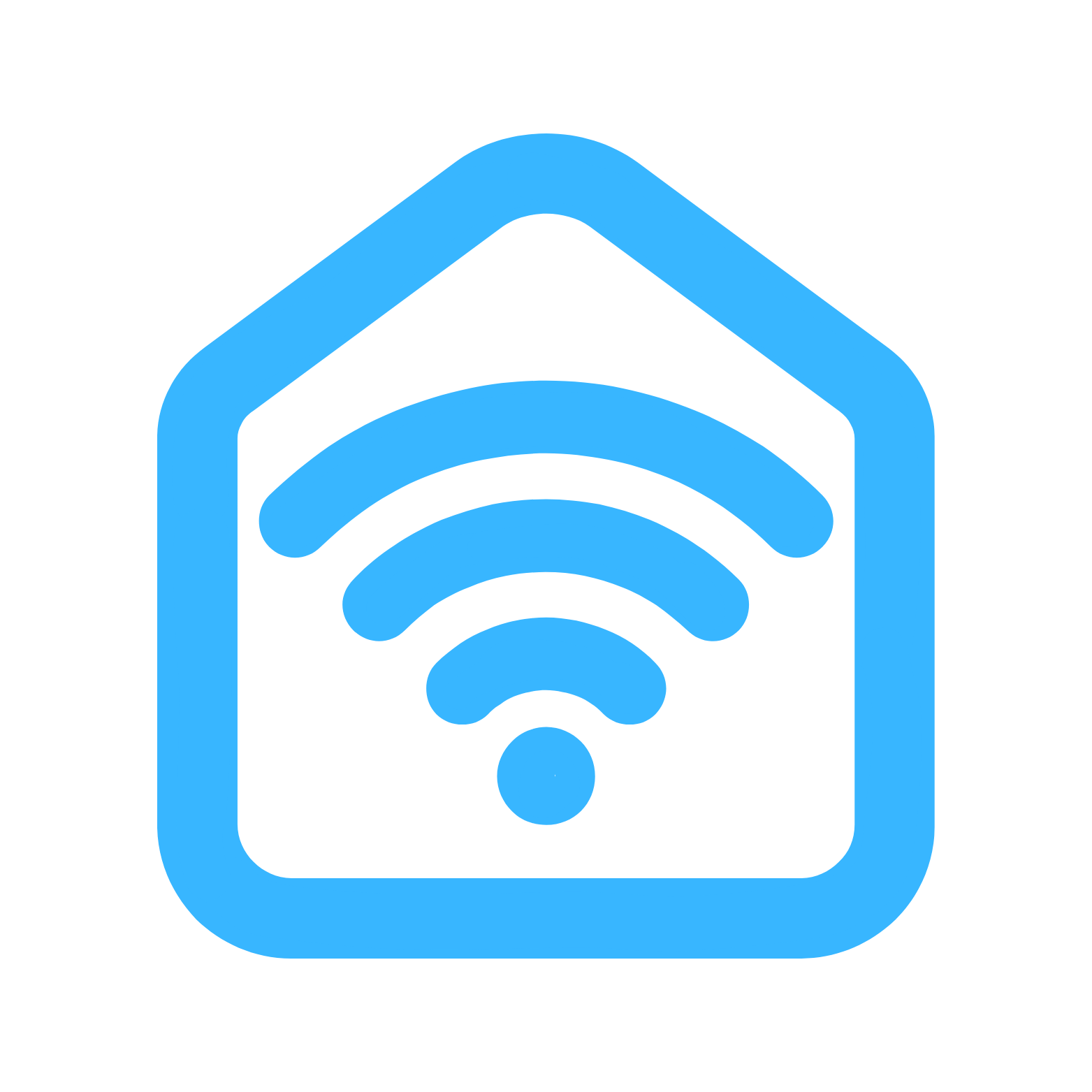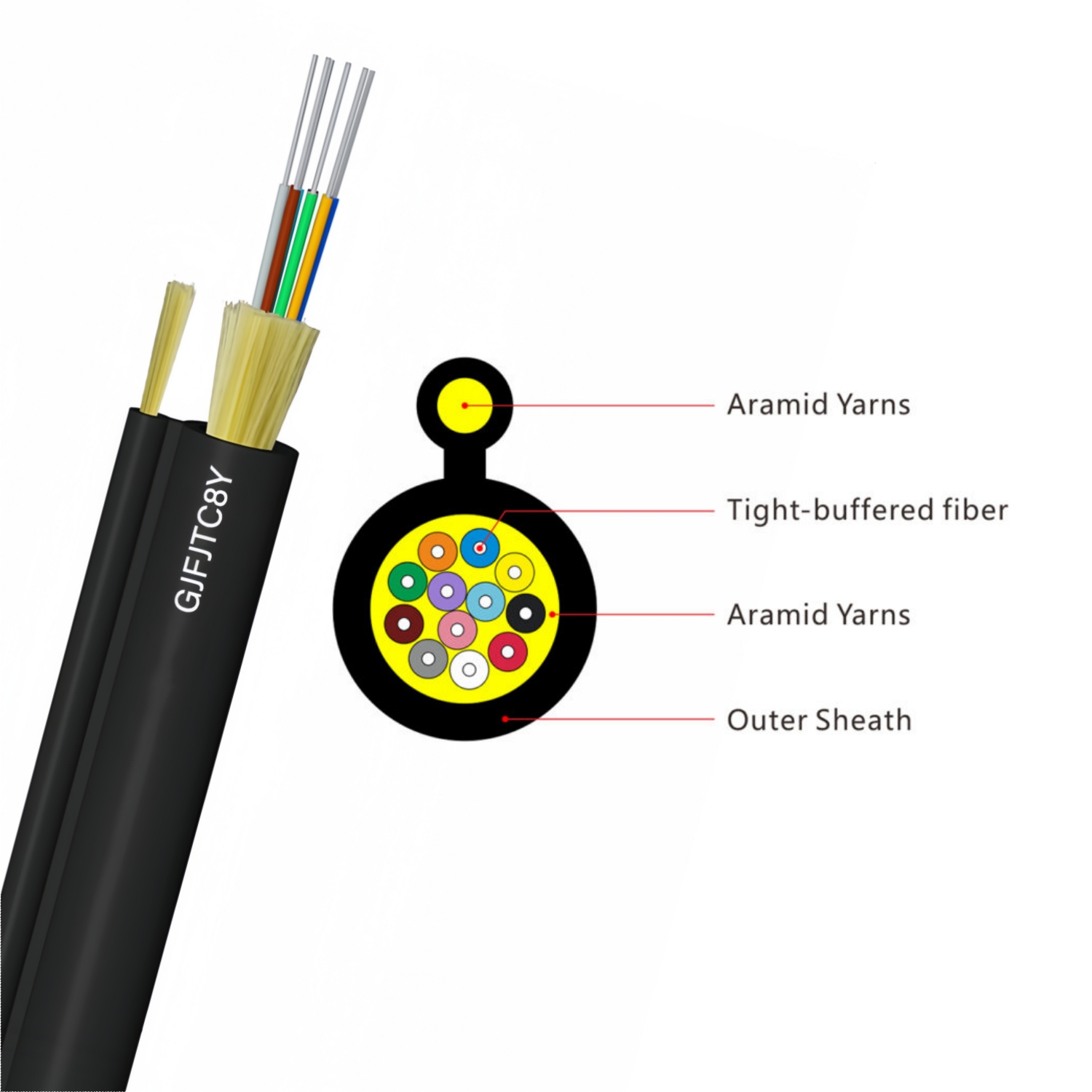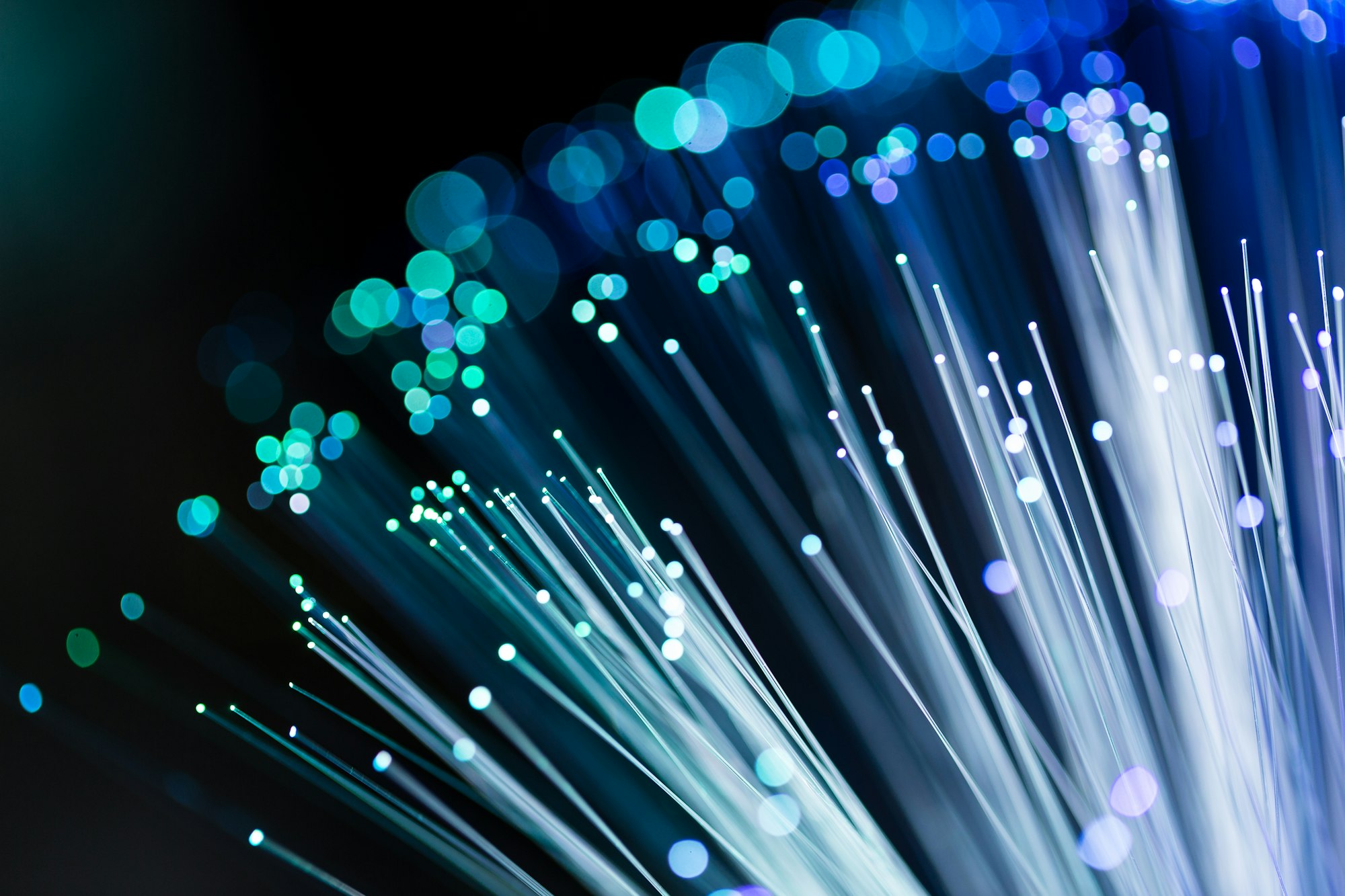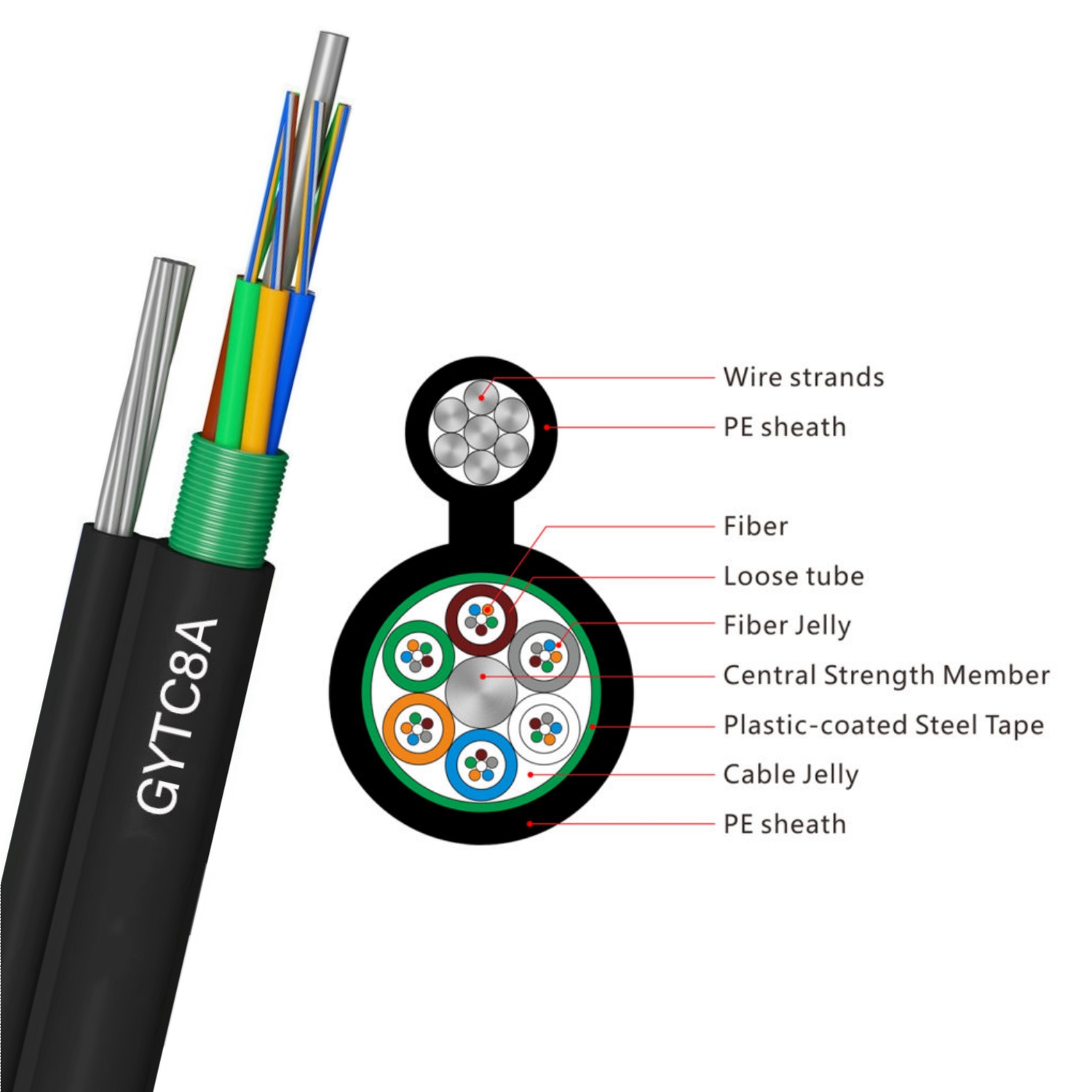Introduction:
The 100 foot fiber optic cable is a versatile and essential component in modern communication networks. Offering unparalleled flexibility and reliability, this cable plays a crucial role in ensuring seamless data transmission over long distances. Let’s explore the features, applications, and advantages of it in detail.
Understanding the 100 Foot Fiber Optic Cable:
The cable is specially designed to transmit data signals using light pulses through its core. Its flexible and durable construction allows for easy installation and maintenance, making it ideal for various applications such as networking, telecommunications, and data centers. With its high bandwidth capacity and low signal loss, the cable delivers superior performance compared to traditional copper cables.
Applications Across Industries:
From connecting buildings in a campus network to linking data centers across vast distances, the 100 foot fiber optic cable serves a wide range of industries and applications. Its ability to transmit data quickly and reliably makes it indispensable in scenarios where high-speed connectivity is paramount, such as video streaming, cloud computing, and online gaming. Additionally, its immunity to electromagnetic interference ensures stable performance even in harsh environments.
Benefits of the 100 Foot Fiber Optic Cable:
The benefits of using a cable are numerous. Its lightweight and compact design simplifies installation, reducing deployment time and labor costs. Furthermore, its immunity to signal degradation over long distances ensures consistent and reliable data transmission, minimizing the need for signal boosters or repeaters. Additionally, its compatibility with existing networking infrastructure makes it a cost-effective solution for upgrading or expanding communication networks.
Conclusion:
In conclusion, the 100 foot fiber optic cable is a versatile and reliable solution for modern communication needs. Its flexibility, durability, and high-performance capabilities make it an essential component in building robust and efficient communication networks. Whether used for local area networks, wide area networks, or long-distance data transmission, the cable delivers unparalleled performance and reliability.



